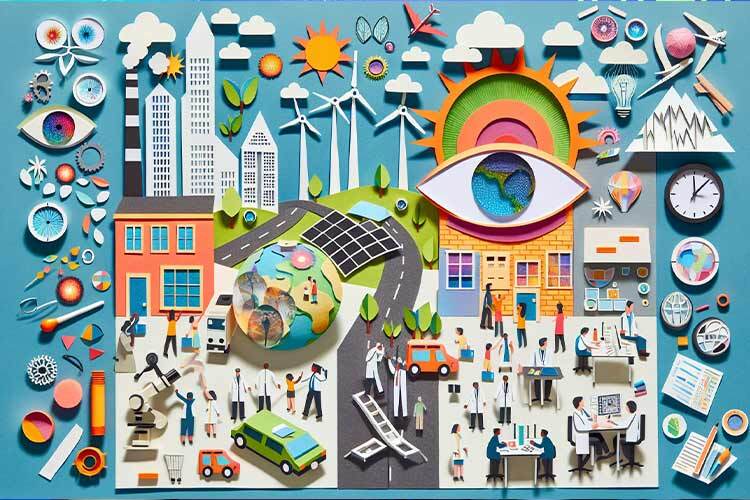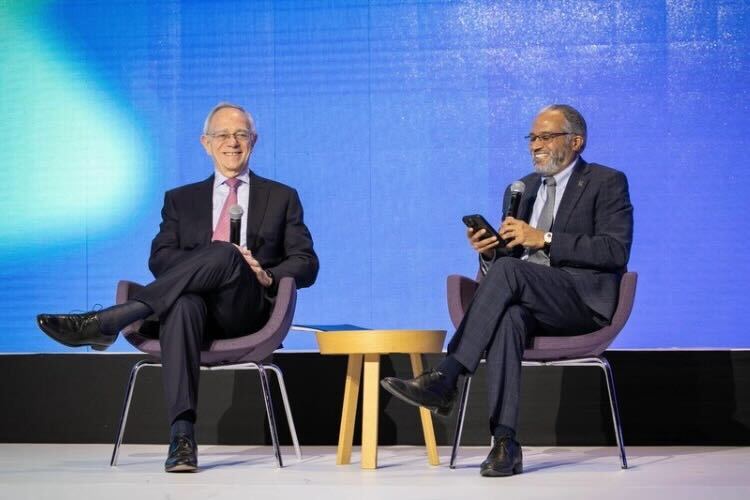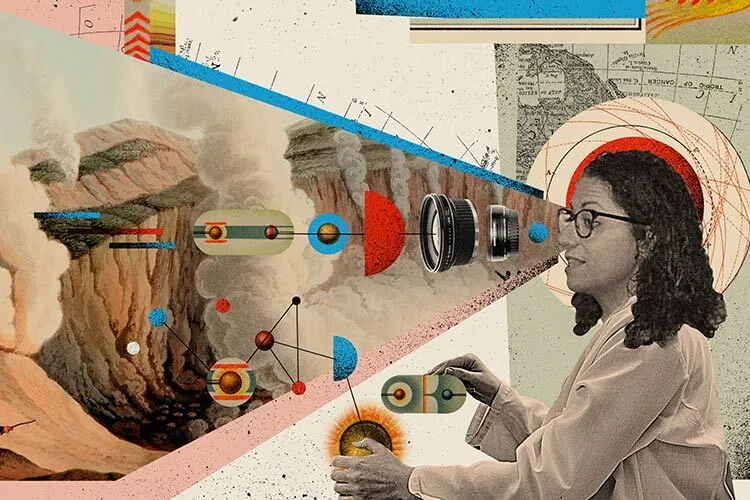Additive manufacturing is making great strides in fields such as construction, medicine, and even fashion. For Paulo Bartolo, Director of the Singapore Centre for 3D Printing at the Nanyang Technological University, the technology holds the answer to many of our problems.
During his talk An Overview of Additive Manufacturing Activities and Capabilities at the Singapore Centre for 3D Printing, given as part of the Second International Conference on Advanced Materials and Additive Manufacturing organized by the Institute of Advanced Materials for Sustainable Manufacturing, he explained the multiple fields in which his group is applying additive manufacturing.
The areas of application include aerospace and defense, building and construction, biomanufacturing, and electronics. One of the examples he presented was a prefabricated toilet −like the portable ones used at concerts− made entirely with 3D printing in around 9 hours.
In an interview with TecScience, Bartolo explained some of the projects that excite him the most and why he likes the technology. “I fell in love with additive manufacturing when I was doing my undergraduate degree, but I keep falling in love with it over and over again.”
3D Additive Manufacturing
Why did you become interested in additive manufacturing?
It was a long journey that started in 1993 when I was finishing my undergraduate degree, and a professor asked me to write an essay about what −at the time− was called rapid prototyping, the precursor of additive manufacturing, I was fascinated by the technology.
Although I wanted to work on it during my master’s, Portugal had no machines. Finally, when I went to the UK to do my PhD, I was able to work with this technology and my life has revolved around it since then.
How can additive manufacturing help medicine and health?
Most of our tissues are able to regenerate to an extent, but when we have a disease or something that has a critical effect on them, they lose this capability. What we’re doing is creating devices that promote this regeneration.
Imagine a patient with major bone loss. The space initially occupied by bone is empty, so we fill these spaces with our additive manufacturing structures. These structures temporarily replace the functions of the bone, while recruiting cells for regeneration. Over time, these cells create a new bone, and our structures are made to gradually disappear.
We’re also developing materials for skin. One of our most fascinating projects aims to develop a machine that can print skin directly onto the body of someone who has problems because of severe burning or diabetes, for example.
Right now, what we’re doing is creating a type of ink made from skin cells, and we’re printing layer by layer to create the different structures of the skin. For now, we’re printing these onto a plate and then grafting them, although we want to print them directly onto the body in future. It will be like a minor surgery.
3D printing to help the environment
How can additive manufacturing help the environment and sustainability?
One thing we’re doing is replacing harmful materials, like cement, by using more friendly ones in construction because this industry has a huge impact on the environment.
With sand, for example, there’s a problem of shortages due to overuse, so we’re beginning to use something that we call new sand. This is an artificial sand that we obtain through the pyrolysis of municipal solid waste. We’re using waste to create a new material that we can then use in construction.
This is in line with our efforts to reuse materials and waste. With material reuse, we need to understand how many cycles of reuse there can be before each material loses its properties, so we’re currently investigating that.
The future of additive manufacturing
Do you think there will be a day when you could build an entire city just with additive manufacturing?
Yes and no. It can happen in combination with other technologies.
People in construction, aside from using additive manufacturing more and more, are focusing a lot on using drones, robotic systems to pick up and place elements.
In the future, we will see additive manufacturing mixed with these other technologies to get to the next era of construction.
What do you think is the future of additive manufacturing?
I think that what we’ll see in the future is what we call multimodal systems. As there are different types of additive manufacturing technologies, what I think will happen is you’ll see machines incorporating multiple technologies and also allowing us to create things at different scales, thus combining the nano, micro, and macro scales.
Returning to the biomedical use of additive manufacturing, for example, one limitation that we have is that if you look at an organ, it has a hierarchical and a multicellular structure, so we have lots of limitations in terms of our machines to replicate these structures. That’s why I think that the future lies in these multimodal and multifunctional systems.















